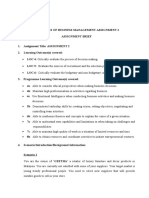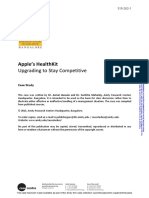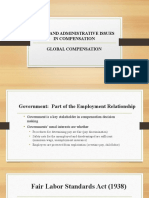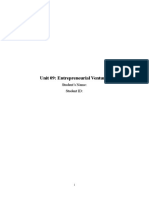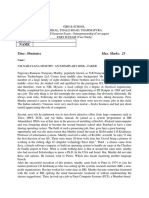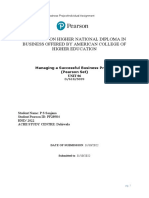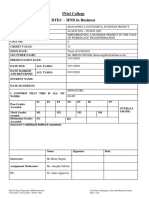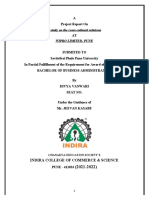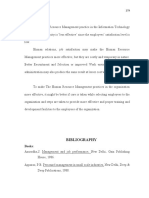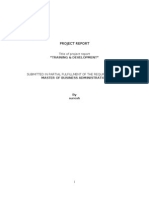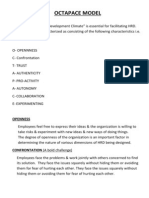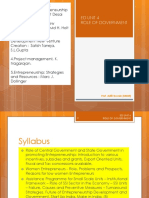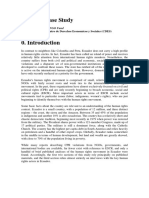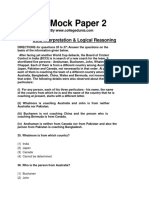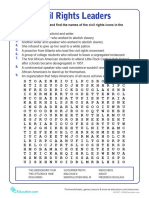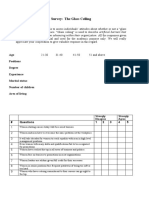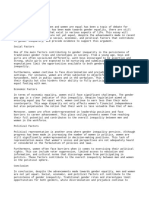0% found this document useful (0 votes)
544 views35 pagesTerm 7, Module 2 Assignment
The document discusses the recruitment and selection process for appointing new staff at Trend Clothing Factory. It outlines 7 steps for an effective process: 1) Identifying needs, 2) Job analysis, 3) Job descriptions, 4) Advertising, 5) Application review, 6) Interviews and selection, and 7) Filling the vacancy. Key elements include understanding role requirements, creating comprehensive job profiles, conducting structured interviews and reference checks.
Uploaded by
htetsan528.hsCopyright
© © All Rights Reserved
We take content rights seriously. If you suspect this is your content, claim it here.
Available Formats
Download as PDF, TXT or read online on Scribd
0% found this document useful (0 votes)
544 views35 pagesTerm 7, Module 2 Assignment
The document discusses the recruitment and selection process for appointing new staff at Trend Clothing Factory. It outlines 7 steps for an effective process: 1) Identifying needs, 2) Job analysis, 3) Job descriptions, 4) Advertising, 5) Application review, 6) Interviews and selection, and 7) Filling the vacancy. Key elements include understanding role requirements, creating comprehensive job profiles, conducting structured interviews and reference checks.
Uploaded by
htetsan528.hsCopyright
© © All Rights Reserved
We take content rights seriously. If you suspect this is your content, claim it here.
Available Formats
Download as PDF, TXT or read online on Scribd
/ 35















